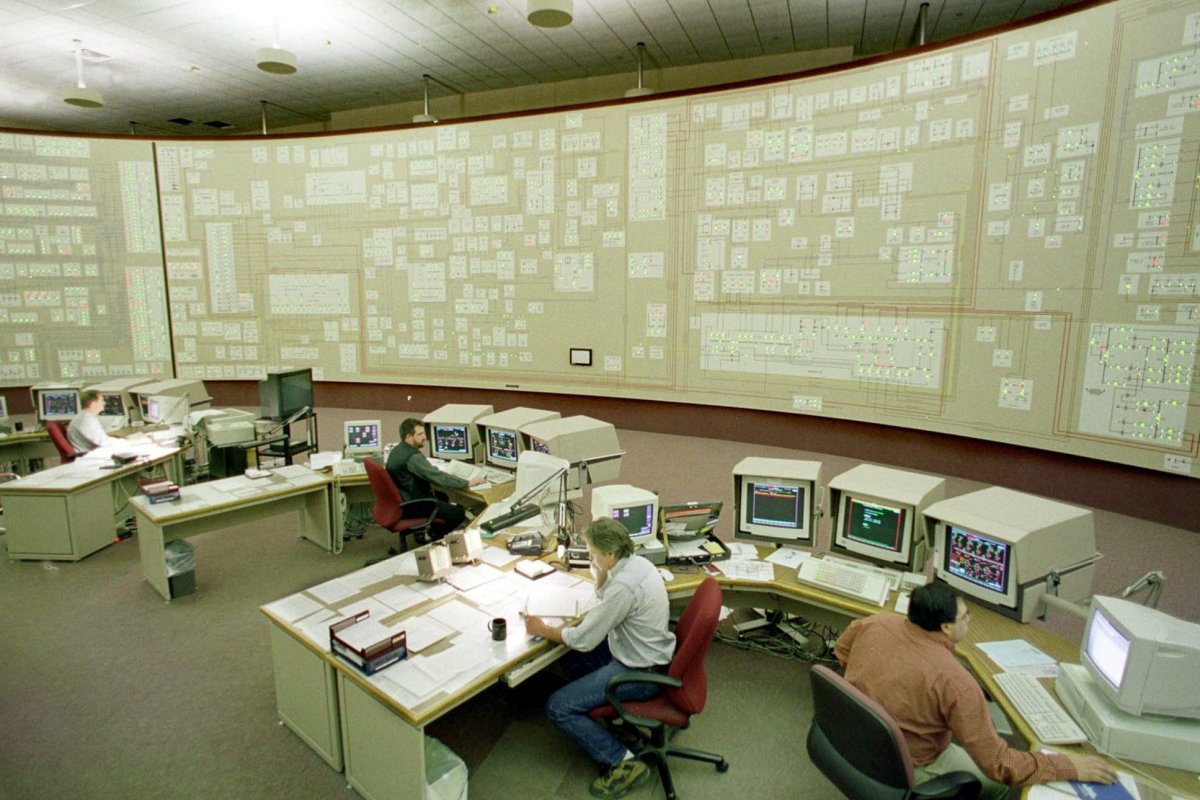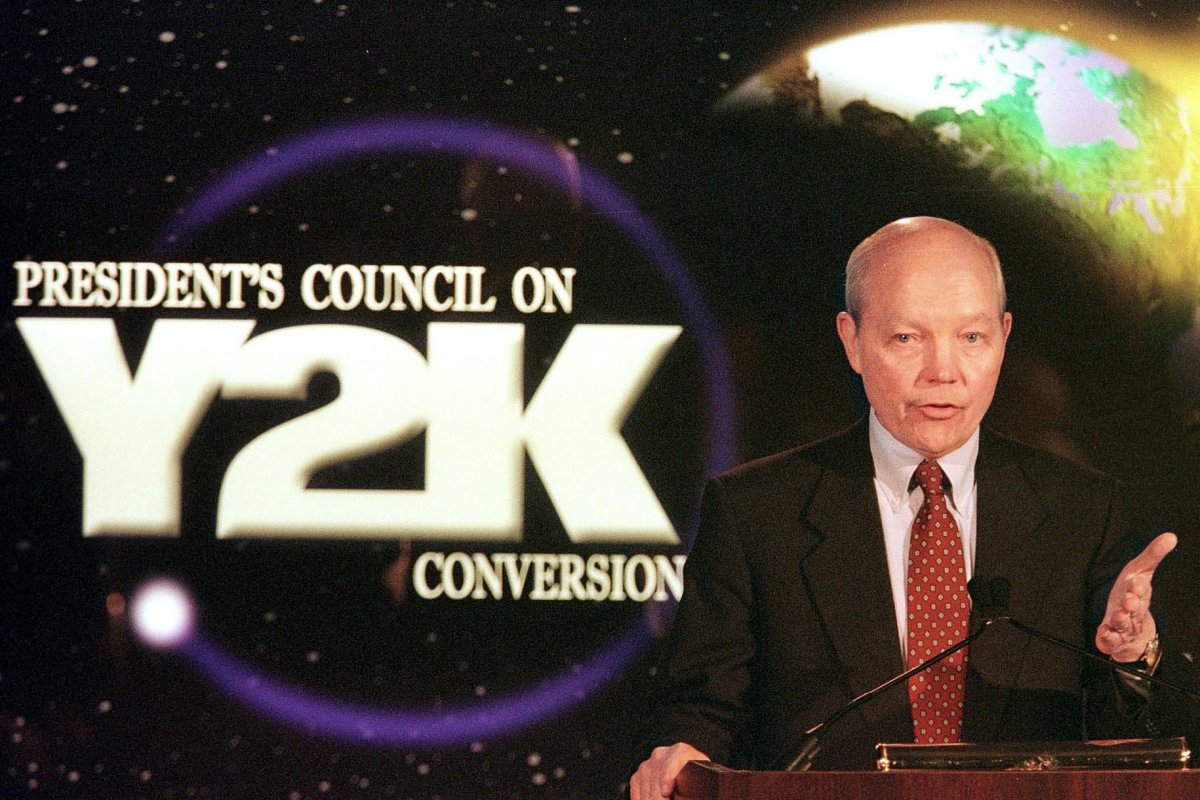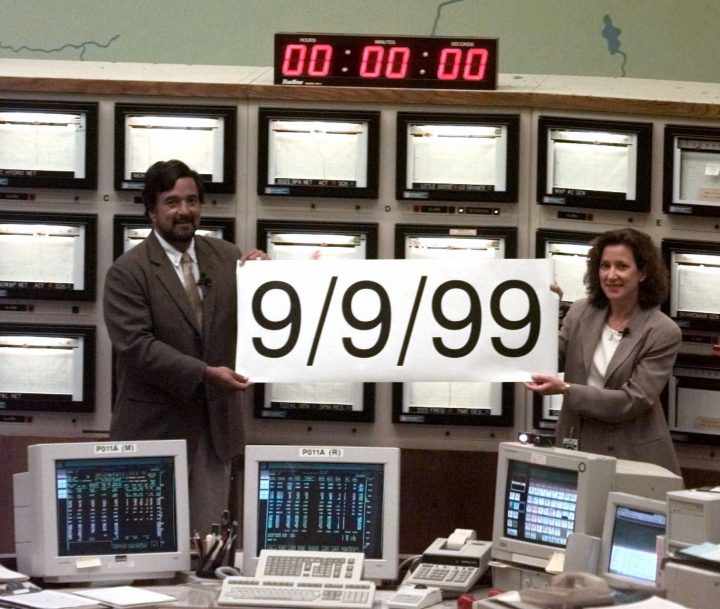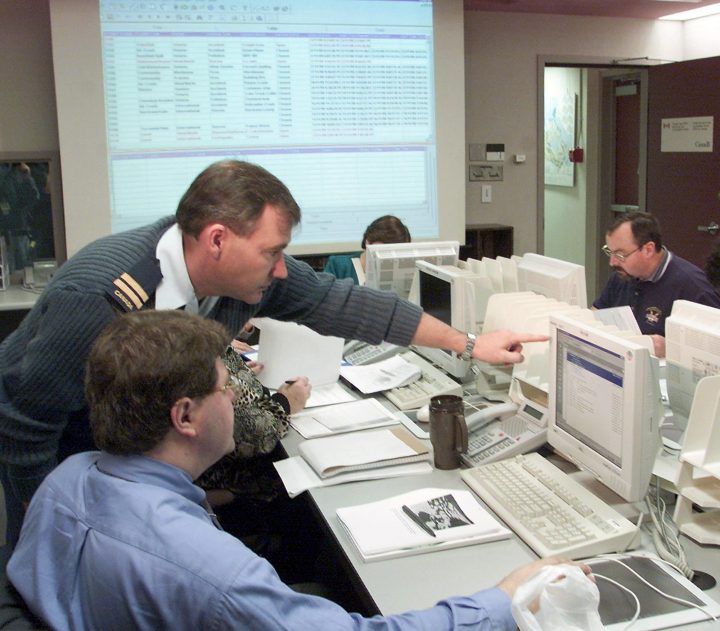If the worst-case Y2K predictions had come true, the technology apocalypse would have hit at midnight on Jan. 1, 2000, plunging the world into a new dark age.

The global banking system would have collapsed, medical devices would have stopped working, planes would have fallen out of the sky, nuclear reactors would have melted down and egg timers would have turned into tiny bombs, all because of one fatal design flaw in calendar-based human technologies around the globe.
That flaw was the so-called “millennium bug,” a poorly thought-out design error that made all clocks incapable of telling the difference between 2000 and 1900, because they only looked at the last two digits of the year. The switch from 1999 to 2000 would have been too much for those clocks to handle, and the catastrophe would have destroyed human society as we know it.
If only we’d seen the new millennium coming …
… Except we did. We were ready for it, and Y2K is now remembered largely as a silly case of mass hysteria from 20 years ago — especially if you weren’t one of the people who helped avoid it.
However, the previously mentioned doomsday scenario cast a dark shadow over New Year’s Eve celebrations on Dec. 31, 1999. Many lawmakers, scientists and everyday citizens were legitimately worried that there might be technological hiccups — or worse — with the change over to the millennium. And they spent a lot of time and hundreds of billions of dollars trying to avoid it.
The fear
The so-called Y2K scare emerged over the last few years of the previous century, when technology experts and scientists started pointing out that many modern digital calendars were too reliant on two-digit abbreviations for the year, such as ’99. They worried that systems weren’t prepared to handle a change over to a new millennium, because they might read the abbreviated year ’00 as 1900.
Would the computers know the difference between 1900 and 2000? Would they still work, or would they go haywire? Would a silly mistake with numbers cause fatal glitches at airports, nuclear facilities and hospitals?
Those were the chief fears surrounding the Y2K bug, and people took them very seriously.
The $600B global response
World leaders took a deadly serious approach to Y2K, and they spent an estimated US$600 billion to prepare for and prevent any issues.

Get breaking National news
Leading the charge was John Koskinen, U.S. President Bill Clinton’s hand-picked czar of all Y2K preparations. Koskinen oversaw a $100-billion effort to prevent Y2K catastrophes in the United States, and he presided over a $50-million war room tasked with monitoring all millennium bug-related problems on New Year’s Eve and New Year’s Day.
“Our biggest concern is that we may have a whole series of otherwise manageable events one at a time but, particularly internationally, there may be a number of them,” Koskinen said on Dec. 5, 1999, according to the Associated Press.
“We may be monitoring and responding to more difficulties than you would normally have to deal with. And I think that’s probably our worst-case scenario.”
Koskinen’s office helped coordinate early Y2K drills throughout the U.S. to ensure that things would run smoothly on Dec. 31.
Many countries, including Canada, set up their own command centres, task forces and public information hotlines to deal with Y2K. The United Nations also helped distribute funds to developing countries for the preparations, and backed a global coordination effort.
China actually declared “war” on the Y2K glitches, and promised to hold organizations “criminally responsible” if they allowed any millennium-related mistakes to happen on Jan. 1.
The preparations
Bottled water became nearly impossible to find on New Year’s Eve 1999, as worried consumers snapped up supplies. Just in case.
Some people took the threat more seriously than others, but the mass craze triggered a major rush on non-perishable foods, toilet paper, gas and camping supplies. Many store shelves were bare to start the second millennium.
People prepared in much the same way they would for a major storm — and in the end, they got to skip a few trips to the grocery store in 2000.
Many companies also cashed in by using the Y2K and millennium crazes to push their products.
The new millennium
Spoiler: everyone survived Y2K.
In fact, there were very few glitches worldwide, as Y2K chief John Koskinen told AP on Jan. 1, 2000.
“We literally are unable to find any significant Y2K-related incident as the world has gone into the year 2000,” he said at the time.
The few glitches that did occur were largely minor ones, such as misprinted receipts and funny-looking website dates that read “19100.”
The changeover was largely a non-event, prompting some sheepish comments from doom-sayers in early 2000.
“I’m just totally stunned,″ said Dennis Grabow, an investment banker who had predicted a Y2K financial meltdown for two years before the big day. Grabow had been advising billion-dollar companies on how to invest ahead of a potential Y2K-related financial crisis.
“Those of us who have been following this issue are quite shocked that we’ve had this seamless transition,″ he told AP in January 2000. “It’s phenomenal.”
Many non-experts laughed off the hype once the New Year had passed, with one woman summing it all up in a comment back in 2000.
“It’s annoying,” said the woman, who had stocked up on food, water and gas.
“Nothing happened.”
Former government officials might argue there was plenty happening behind the scenes in the run-up to 2000, and that their efforts ultimately protected the everyday person from harm.
“The Y2K crisis didn’t happen precisely because people started preparing for it over a decade in advance. And the general public who was busy stocking up on supplies and stuff just didn’t have a sense that the programmers were on the job,” Paul Saffo, a futurist and adjunct professor at Stanford University, recently told Time Magazine.
In retrospect, the real winners of Y2K might have been those who ignored the hysteria and simply partied like it was 1999.
—With files from The Associated Press














Comments